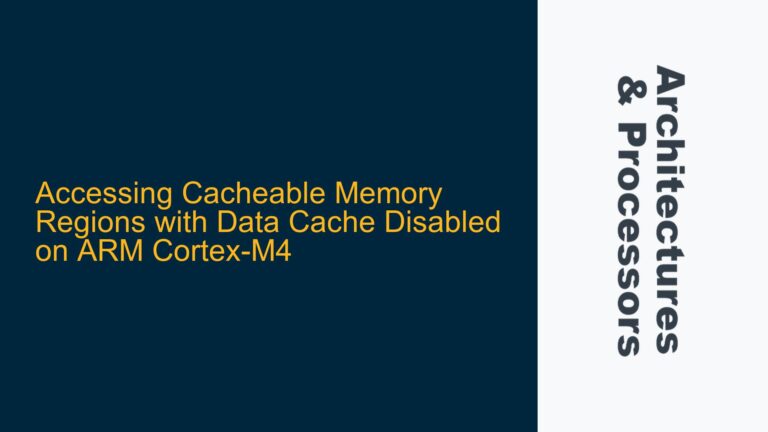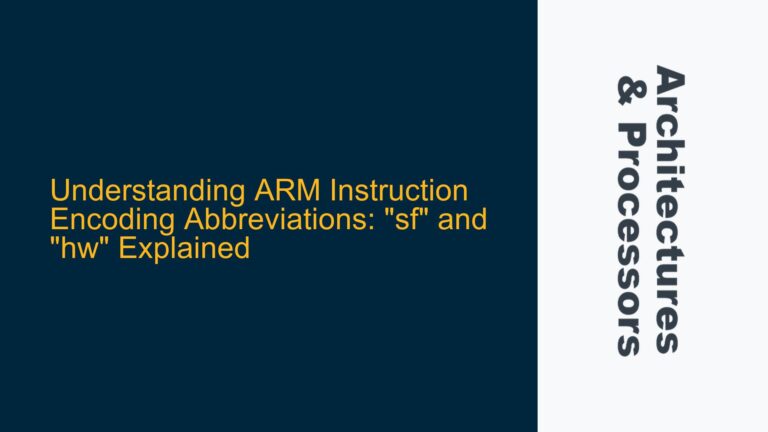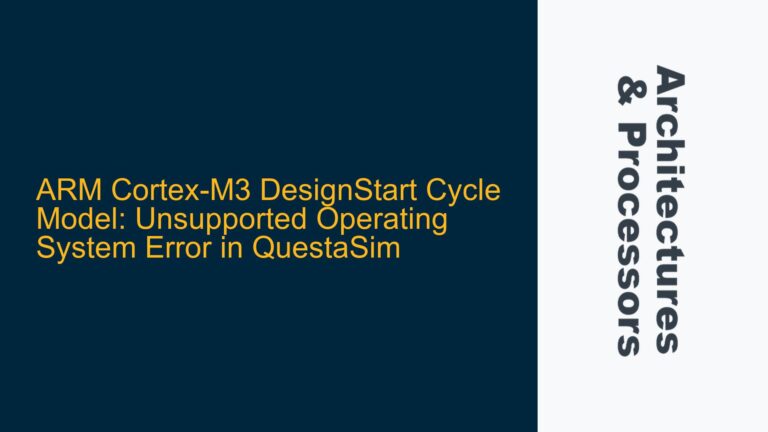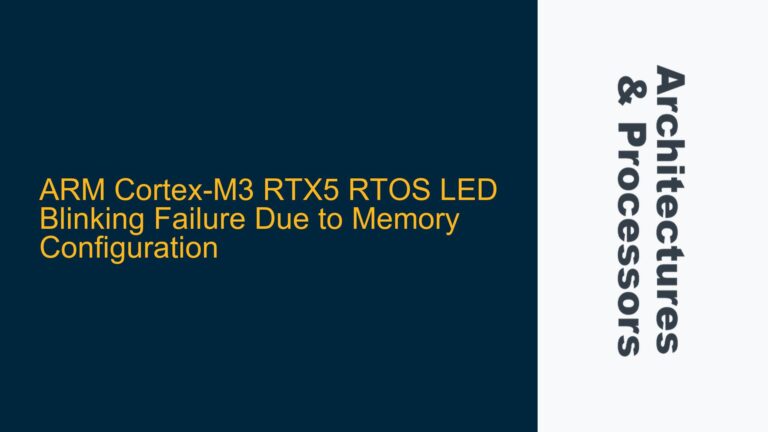AXI3 Write Data Interleaving Mechanism and Misinterpretation of AWID-WID Relationship
The Advanced eXtensible Interface (AXI) protocol, particularly AXI3, is designed to facilitate high-performance, high-frequency system designs by decoupling address/control and data phases. A critical feature of AXI3 is its support for write data interleaving, which allows a master to interleave write data bursts with different Write IDs (WIDs) to optimize bus utilization. However, a common point of confusion arises when interpreting the relationship between Address Write IDs (AWIDs) and WIDs, especially in scenarios involving a single master with a constant AWID but multiple WIDs.
The AXI3 specification states: "A master interface that is capable of generating write data with only one AWID value generates all write data in the same order in which it issues the addresses. However, a master interface can interleave write data with different WID values if the slave interface has a write data interleaving depth greater than one." This statement has led to misunderstandings, particularly regarding whether a master can issue a single AWID while using multiple WIDs for interleaving.
In AXI3, the AWID and WID must match for a given transaction. The ID values are used to correlate address, data, and response phases across the separate AXI channels. This means that if a master issues a write transaction with AWID = X, the corresponding write data must also use WID = X. The protocol does not permit a master to use a single AWID for multiple transactions while assigning different WIDs to the data phases of those transactions. This requirement ensures that the slave can correctly associate the address and data phases of each transaction.
The confusion often stems from interpreting the aforementioned statement in isolation, without considering the broader context of the AXI protocol. While the statement suggests that a master can interleave write data with different WIDs, it implicitly assumes that each WID corresponds to a unique AWID. This is because the protocol mandates that AWID and WID must match for a given transaction. Therefore, the scenario described in the original query—where a master uses a single AWID but multiple WIDs—is not compliant with the AXI3 specification.
Misalignment Between AWID and WID: Protocol Violation and System Implications
The primary cause of the confusion lies in the misinterpretation of the AXI3 protocol’s requirements for ID matching between the address and write data channels. The protocol explicitly requires that the AWID and WID must match for a given transaction. This requirement is fundamental to the operation of the AXI protocol, as it ensures that the address, data, and response phases of a transaction are correctly correlated by both the master and the slave.
When a master attempts to use a single AWID with multiple WIDs, it violates this fundamental requirement. This misalignment can lead to several issues in the system:
-
Transaction Correlation Failure: The slave relies on the ID values to correlate the address and data phases of a transaction. If the AWID and WID do not match, the slave may incorrectly associate data with an address, leading to data corruption or incorrect memory writes.
-
Protocol Compliance Issues: AXI3-compliant slaves are designed to expect matching AWID and WID values. A master that violates this requirement may cause the slave to behave unpredictably, potentially leading to system failures or undefined behavior.
-
Debugging Complexity: Diagnosing issues arising from ID mismatches can be challenging, as the symptoms may manifest as subtle data corruption or intermittent failures. This can complicate the verification and debugging process, especially in complex SoC designs with multiple masters and slaves.
-
Performance Degradation: While write data interleaving is intended to improve bus utilization, incorrect implementation can have the opposite effect. If the slave cannot correctly correlate address and data phases, it may stall transactions or issue errors, reducing overall system performance.
The removal of write data interleaving in AXI4 underscores the challenges associated with this feature. AXI4 simplifies the protocol by eliminating write data interleaving, as it was found that most designs did not utilize this feature due to its complexity. Instead, designers prefer to buffer write data at the master and issue consecutive transfers, which simplifies both the master and slave implementations while maintaining efficient bus utilization.
Correct Implementation and Verification Strategies for AXI3 Write Data Interleaving
To ensure compliance with the AXI3 protocol and avoid the pitfalls associated with write data interleaving, designers and verification engineers must adhere to the following strategies:
1. Strict Enforcement of AWID-WID Matching
The master must ensure that the AWID and WID values match for each transaction. This can be achieved by implementing a robust ID management mechanism in the master’s AXI interface. The mechanism should assign a unique ID to each transaction and ensure that the same ID is used for both the address and data phases. This can be verified using assertions in the testbench to check that AWID and WID match for each transaction.
2. Slave-Side Write Data Interleaving Depth Configuration
If the system design requires write data interleaving, the slave must be configured with an appropriate interleaving depth. The interleaving depth determines the number of outstanding write transactions that the slave can handle concurrently. The master must be aware of the slave’s interleaving depth and ensure that it does not exceed this limit. This can be verified by testing the system with varying interleaving depths and ensuring that the slave correctly handles interleaved transactions.
3. Comprehensive Verification of ID Management
Verification efforts should include extensive testing of the ID management logic in both the master and slave. This includes testing for corner cases such as maximum outstanding transactions, ID reuse, and error conditions. The testbench should include coverage points to ensure that all possible ID combinations are exercised.
4. Use of AXI4 for Simplified Designs
For new designs, consider using AXI4 instead of AXI3. AXI4 eliminates write data interleaving, simplifying the design and verification process. If backward compatibility with AXI3 is required, the design can include a mode to disable write data interleaving and operate in an AXI4-like manner.
5. Debugging and Diagnostics
Implement robust debugging and diagnostics capabilities to quickly identify and resolve issues related to ID mismatches. This includes logging ID values for each transaction and providing detailed error reporting in case of protocol violations. The use of simulation tools with advanced debugging features can also aid in identifying and resolving issues.
6. Performance Optimization
While ensuring protocol compliance, designers should also focus on optimizing system performance. This includes minimizing the number of outstanding transactions to reduce the complexity of ID management and ensuring efficient use of the bus. Performance analysis tools can be used to identify bottlenecks and optimize the system for maximum throughput.
By following these strategies, designers and verification engineers can ensure that their AXI3-based systems are compliant with the protocol, robust, and efficient. The key is to thoroughly understand the protocol requirements and implement rigorous verification processes to catch potential issues early in the design cycle.






